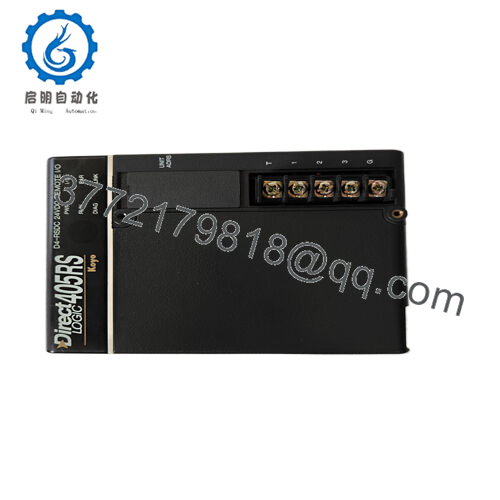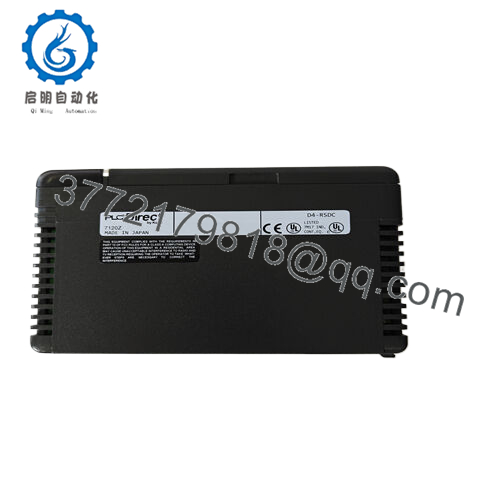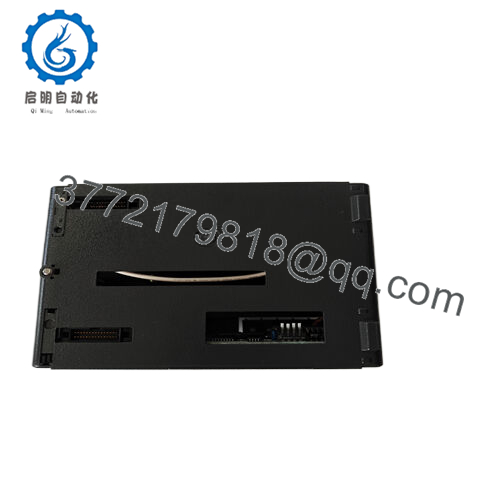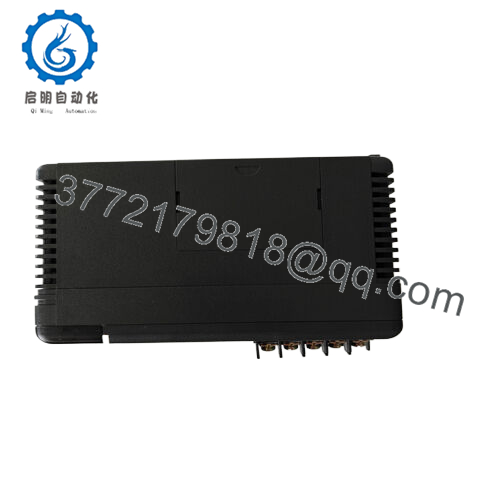Description
The D4-RSDC is a remote I/O slave module designed for the AutomationDirect DirectLOGIC DL405 series programmable logic controllers (PLCs). It extends the system’s I/O capabilities by allowing additional discrete or analog I/O to be mounted remotely from the main CPU, ideal for applications where large distributed control is required across extensive machinery or facilities.
This module supports serial communications with baud rates up to 38.4 Kbaud, enabling flexible and reliable data transmission between the remote I/O points and master controllers. It supports connection to multiple remote I/O bases, with up to 7 slaves per master, improving scalability in complex automation systems such as manufacturing lines, material handling, and process control.
- D4-RSDC
- D4-RSDC
Remote I/O modules like the D4-RSDC use isolated digital inputs and outputs, ensuring signal integrity and noise immunity in harsh industrial environments. The module typically mounts on DIN rails or in standard electrical cabinets and features diagnostic LEDs for easy status monitoring. It integrates with programming software like DirectSOFT6, facilitating efficient configuration and troubleshooting.
| Parameter | Value |
|---|---|
| Model | D4-RSDC |
| Brand | AutomationDirect / DirectLOGIC |
| Type | Remote I/O Slave Module |
| Communication | Serial, 38.4 Kbaud max |
| Max Slaves per Master | 7 |
| I/O Points | Configurable per module type |
| Mounting | DIN rail / Cabinet mount |
| Operating Temperature | 0°C to 55°C |
| Application | Distributed I/O in industrial automation |
Installation requires proper wiring to the master controller via serial cables, adequate grounding, and noise protection measures. Routine maintenance includes monitoring communication status and performing module diagnostics to avoid network faults.





 WhatsApp: +86 16626708626
WhatsApp: +86 16626708626 Email:
Email:  Phone: +86 16626708626
Phone: +86 16626708626


